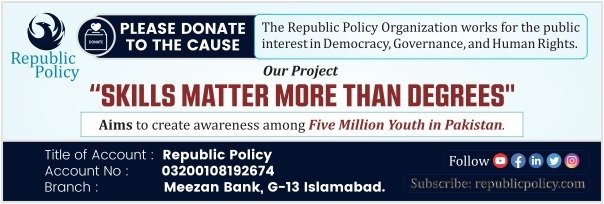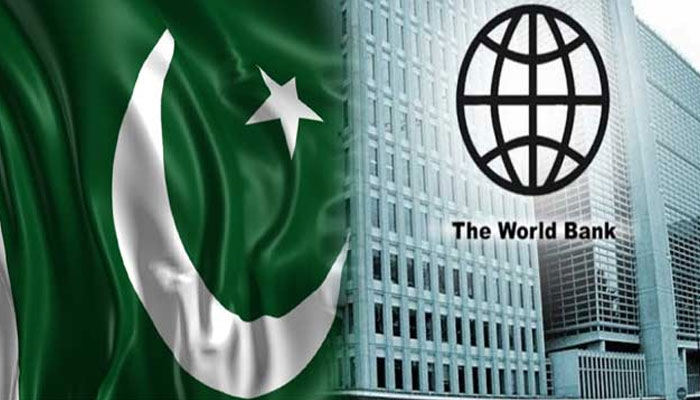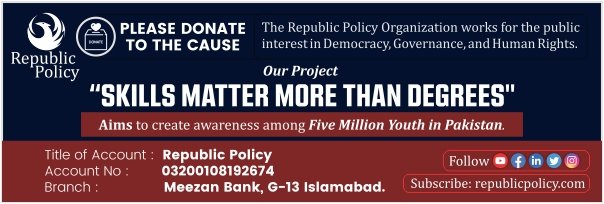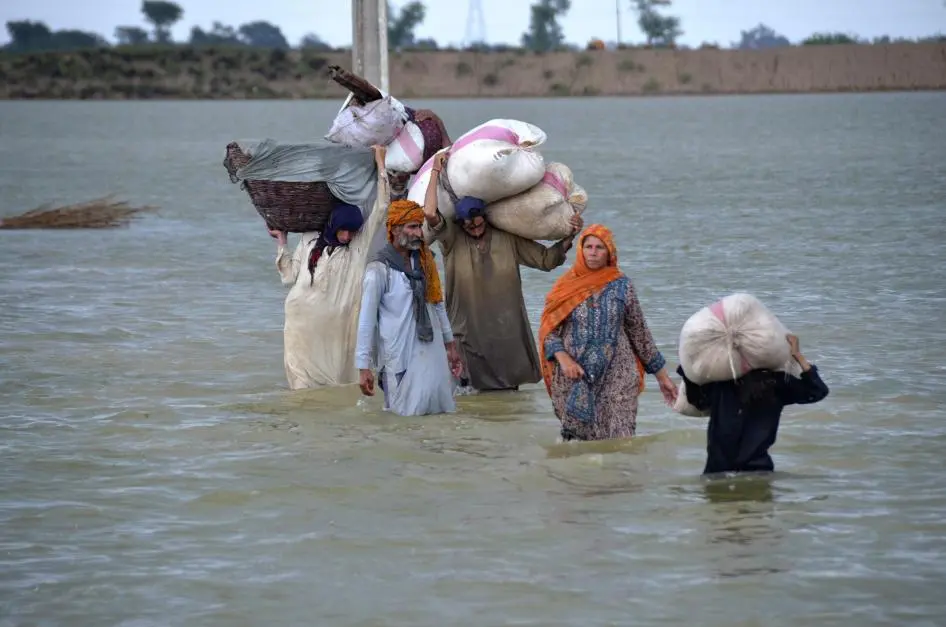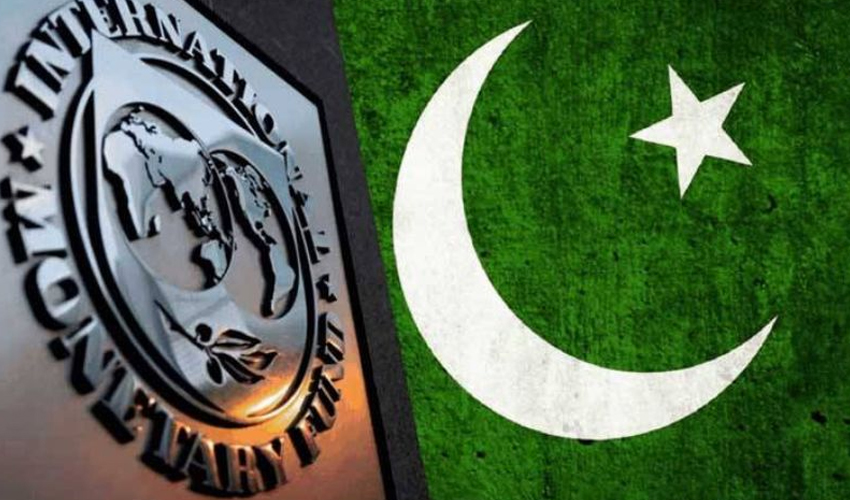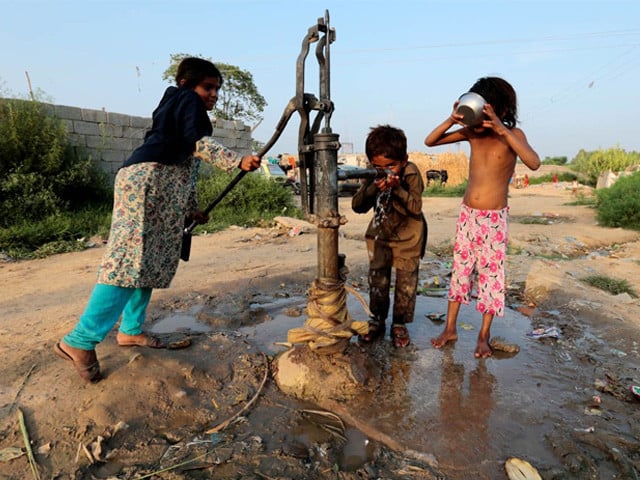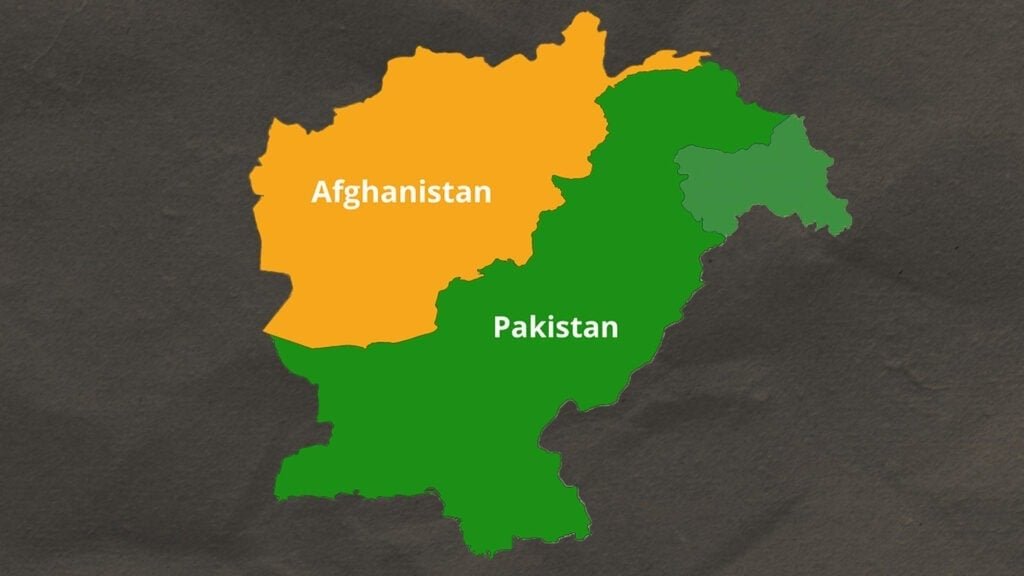Zafar Iqbal
The World Bank’s Pakistan Development Update has painted a paradoxical picture of the country’s economy: poverty levels have reportedly declined, but living standards show no improvement. This contradiction, on the surface, seems confusing — how can poverty fall when ordinary citizens continue to feel economic distress? The answer lies in how the data is measured, and more importantly, how outdated it is.
According to the report, Pakistan’s poverty rate has decreased to 22.2%, and the Bank predicts it will return to pre-COVID levels this year. However, the same report acknowledges that the nation’s current growth rate — projected at only 3% — is insufficient to generate jobs, raise incomes, or meaningfully reduce poverty. The explanation for this paradox lies in the Bank’s admission that its assessment is based on simulated projections from consumption data gathered in 2019, well before the pandemic, inflation crisis, and recent floods. In other words, the poverty estimate does not reflect the economic reality millions of Pakistanis face today.
Follow Republic Policy on YouTube
This outdated approach highlights the urgent need for reliable and current national data. Without credible information on household incomes, employment, and consumption, policymaking remains blindfolded. The illusion of progress, reflected in statistical exercises, cannot mask the daily struggles of citizens battling soaring inflation, declining purchasing power, and deteriorating public services.
The World Bank projects that Pakistan’s GDP growth will remain around 3% this fiscal year — far below the 6–7% typically required to sustain meaningful poverty reduction in developing economies. The slow pace of growth is largely attributed to recurring natural disasters such as floods, which have destroyed farmland, displaced communities, and crippled critical infrastructure. These environmental shocks, expected to intensify with climate change, are not one-off events — they are structural threats that demand long-term resilience planning.
Follow Republic Policy on Facebook
For Pakistan to escape this economic stagnation, the government must focus on building a resilient, productive economy rather than relying on short-term fixes. Structural reforms — long promised but rarely implemented — must take precedence. This includes overhauling the tax system to ensure equitable revenue generation, rationalising tariffs to boost competitiveness, and accelerating the privatisation of loss-making state-owned enterprises. Without such reforms, the fiscal deficit will continue to balloon, leaving little room for social investment.
Follow Republic Policy on TikTok
Equally crucial is the need to invest in climate-resilient infrastructure. The floods of 2022 alone caused losses exceeding $30 billion, pushing millions back into poverty. Pakistan cannot afford to rebuild after every disaster; it must invest now in preventive adaptation — better drainage systems, water management, and sustainable agriculture. Every rupee spent on preparedness saves multiple rupees spent on recovery.
Follow Republic Policy on Instagram
The World Bank’s report also underscores a critical weakness in Pakistan’s economic structure — overreliance on remittances. While remittances provide essential relief to families and bolster foreign exchange reserves, they cannot substitute for a productive domestic economy. Overdependence on overseas income discourages skill retention, reduces innovation, and masks the lack of industrial competitiveness. True economic progress requires creating value at home — through industrial policy, entrepreneurship, and job creation — not through the hard work of expatriates abroad.
Follow Republic Policy on WhatsApp Channel
Breaking this cycle of crisis, relief, and temporary recovery demands political courage and long-term vision. The government must move beyond stopgap measures — ad hoc subsidies, foreign loans, and short-lived stimulus packages — and instead pursue sustainable reform rooted in accountability and innovation. Poverty statistics may temporarily improve on paper, but real progress will only be felt when citizens experience consistent growth in income, opportunity, and dignity.
Pakistan’s challenge, therefore, is not just to reduce poverty but to raise the standard of living. That requires a complete rethinking of how growth is defined, measured, and delivered — not as an abstract number in reports, but as real improvement in the lives of its people.


